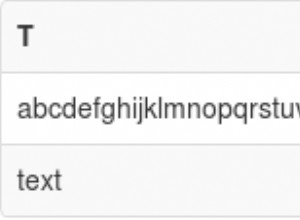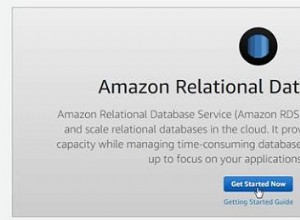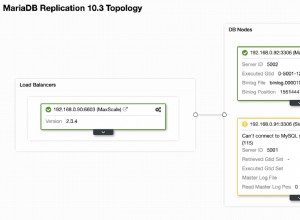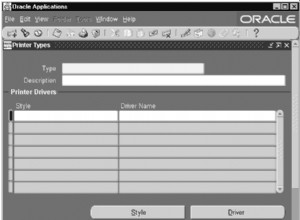Người ta tin rằng việc giữ các chỉ mục và bảng trong các không gian bảng riêng biệt sẽ cải thiện hiệu suất. Điều này hiện được coi là một huyền thoại bởi nhiều chuyên gia đáng kính (xem chuỗi Hỏi Tom này - tìm kiếm" huyền thoại " ), nhưng vẫn là một thói quen phổ biến vì thói quen cũ khó chết!
Chỉnh sửa của bên thứ ba
Trích xuất từ asktom: "Vùng bảng chỉ mục" từ năm 2001 cho Oracle phiên bản 8.1.6 câu hỏi
- Bạn có nên giữ các chỉ mục trong vùng bảng của riêng chúng không?
- Đây có phải là hiệu suất hít thở không hay là vấn đề khôi phục nhiều hơn?
- Câu trả lời có khác nhau giữa nền tảng này với nền tảng khác không?
Phần đầu tiên của câu trả lời
Yes, no, maybe.
The idea, born in the 1980s when systems were tiny and user counts were in the single
digits, was that you separated indexes from data into separate tablespaces on different
disks.
In that fashion, you positioned the head of the disk in the index tablespace and the head
of the disk in the data tablespace and that would be better then seeking 2 times on the
same disk.
Drives back then were really slow at seeking and typically measured in the 10's to 100's
of megabytes (if you were lucky)
Today, with logical volumes, raid, NN gigabyte (nn is rapidly becoming NNN gigabytes)
drives, hundreds/thousands of concurrent users, thousands of tables, 10's of thousands of
indexes - this sort of "optimization" is sort of impossible.
What you strive for today is to be able to manage things, to spread IO out evenly
avoiding hot spots.
Since I believe all things should be in locally managed tablespaces with UNIFORM extent
sizes, I would say that yes, indexes would be in a different tablespace from the data but
only because they are a different SIZE then the data. My table with 50 columns and an
average row size of 4k might belong in a tablespace that has 5meg extents whereas the
index on a single number column might belong in a tablespace with 512k or 1m extents.
I tend to keep my indexes separate from the data but for the above sizing reason. The
tablespaces frequently end up on the same exact mount points. You strive for even io
across your disks and you may end up with indexes and data on the same devices.




